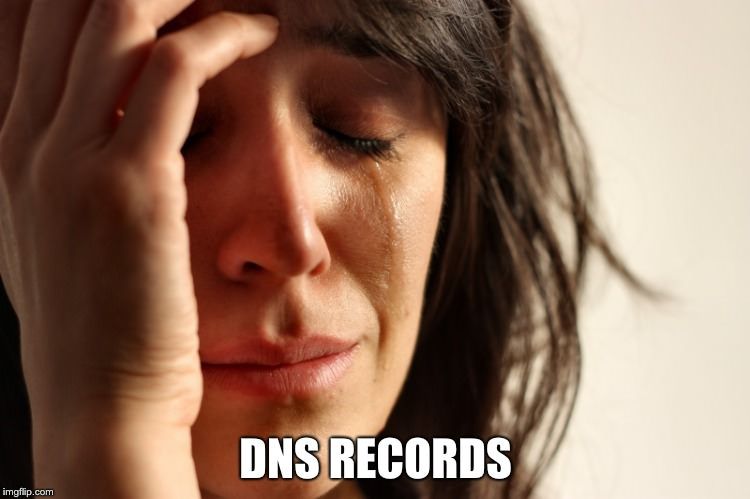What to expect from SD-WANs in 2019
In network circles, there may be no hotter topic right now than software-defined WAN (SD-WAN). Given WAN technology stood still for the better part of three decades, this makes sense, as most companies have a WAN that’s long overdue for a refresh and architectural update — and SD-WANs make this a reality.SD-WANs are definitely moving out of the early-adopter phase and into mainstream adoption. And anytime a technology does this, the market changes. Below are the primary ways SD-WANs will change in 2019.[ Check out: 10 hot SD-WAN startups to watch | Get regularly scheduled insights: Sign up for Network World newsletters ] Less focus on cost savings The initial wave of SD-WANs was sold with the promise of slashing network costs by replacing MPLS with broadband. If a business is willing to ditch all of its MPLS, and that’s a big if, and replace it wholly with broadband, it will save money on transport. However, it will likely need to add some optimization technologies to account for the unpredictability of broadband.To read this article in full, please click here







 “SDN is going to be a very broad deployment,” said Telus’ Bryce Mitchell. “We made sure we included SDN within the NFV pods themselves.”
“SDN is going to be a very broad deployment,” said Telus’ Bryce Mitchell. “We made sure we included SDN within the NFV pods themselves.”
 The company was pretty revolutionary with its idea to layer SDN on top of multiple third-party transport before all the SD-WAN vendors conceived of this.
The company was pretty revolutionary with its idea to layer SDN on top of multiple third-party transport before all the SD-WAN vendors conceived of this. The service provider is hoping to launch a cost-effective uCPE platform that supports more VNFs along with its SD-WAN early next year.
The service provider is hoping to launch a cost-effective uCPE platform that supports more VNFs along with its SD-WAN early next year. Hewlett Packard Enterprise (HPE) once again came in No. 2, with 16.3 percent revenue share or $3.81 billion.
Hewlett Packard Enterprise (HPE) once again came in No. 2, with 16.3 percent revenue share or $3.81 billion.